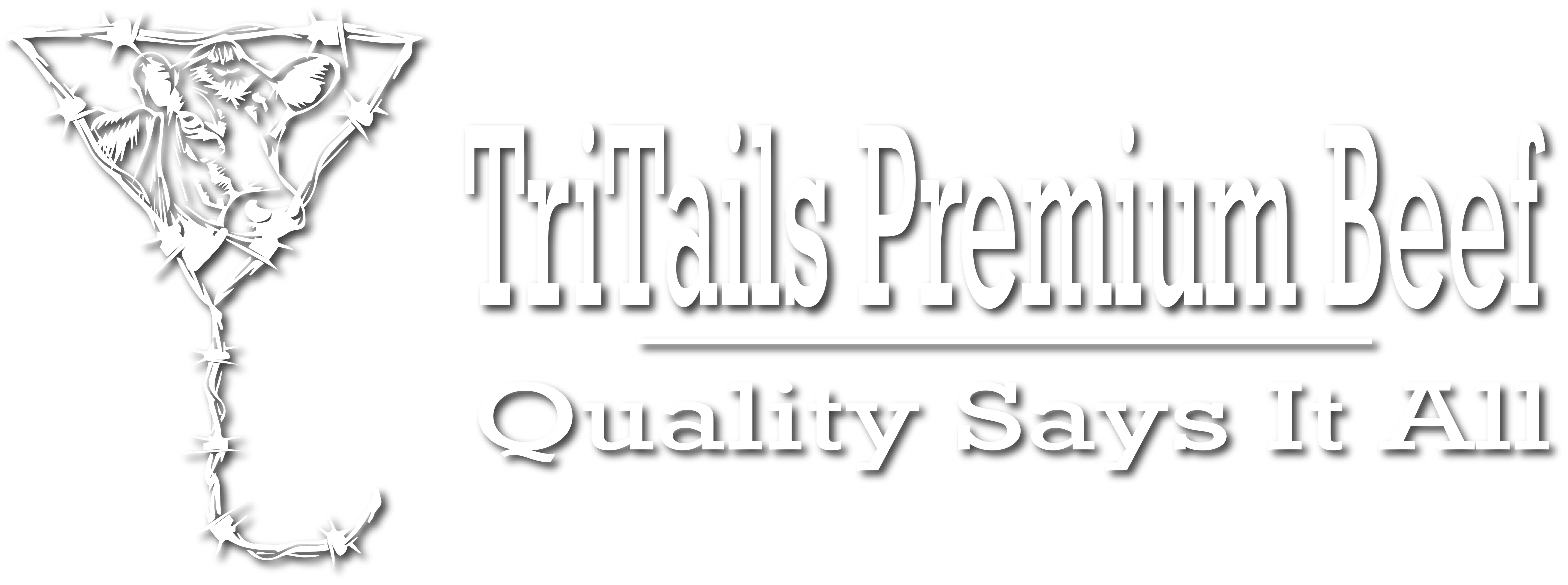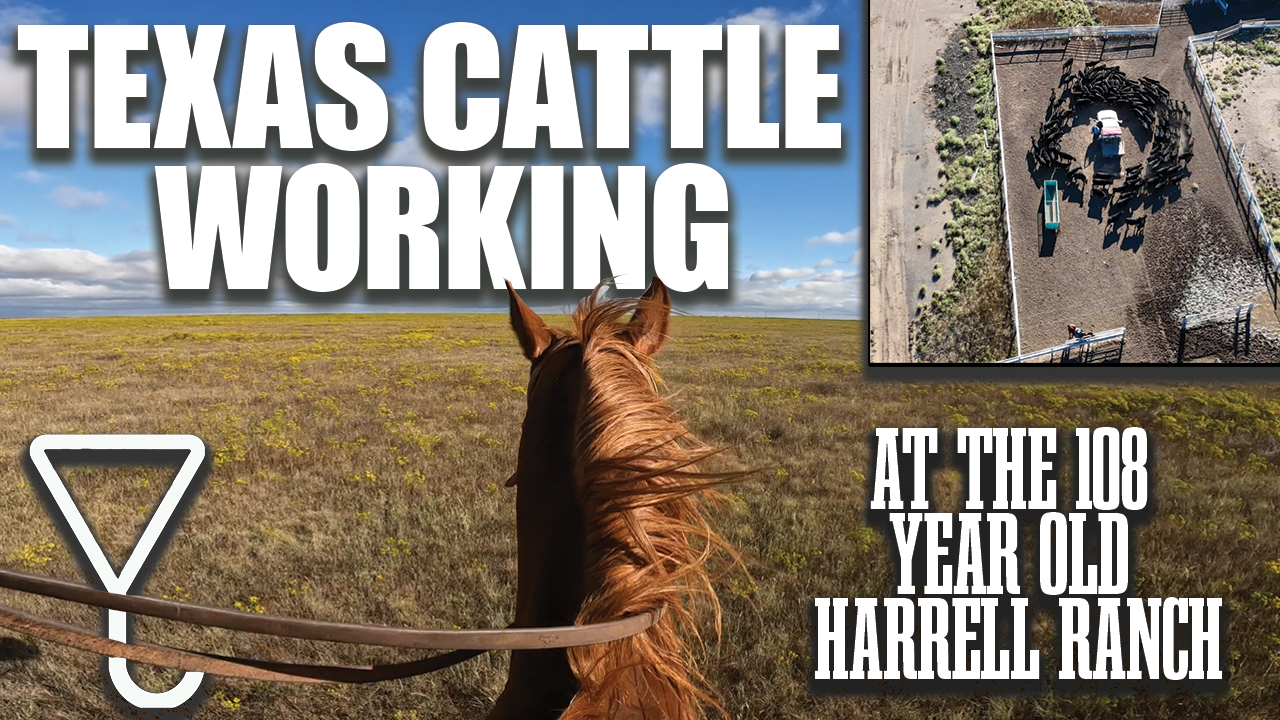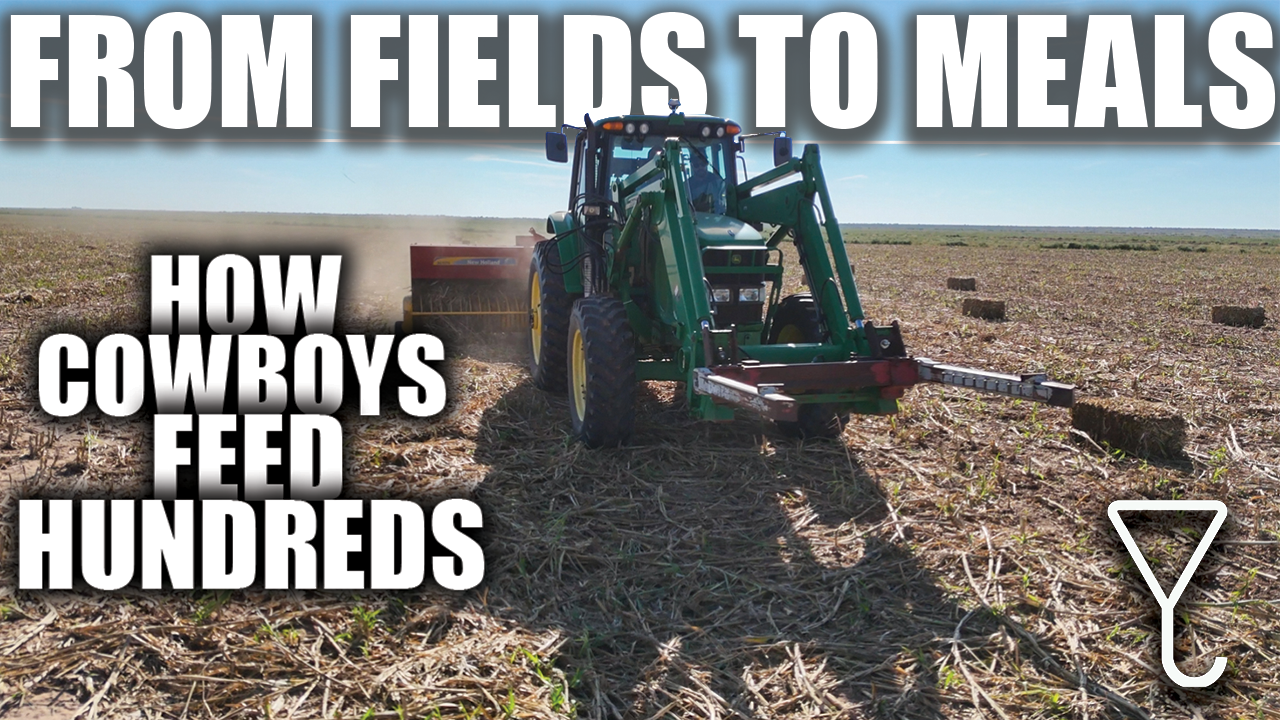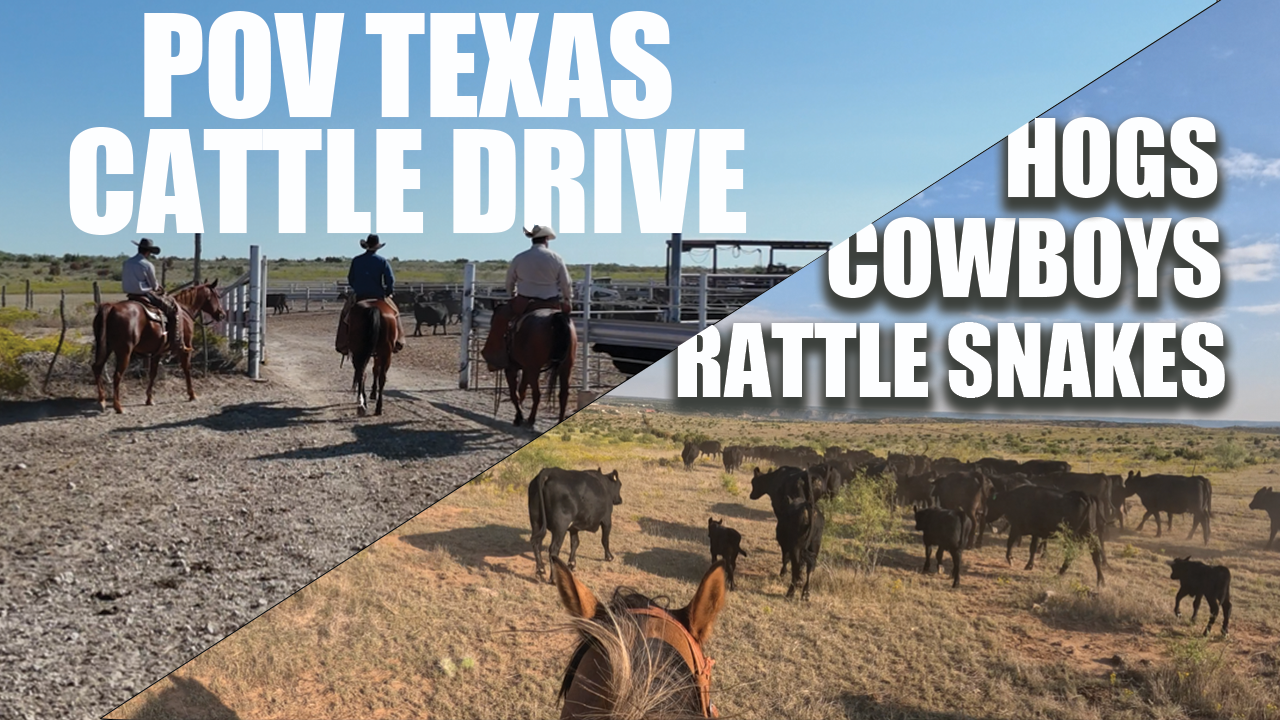Cowboy Corner
Howdy and welcome to Cowboy Corner!
For those of you new to this newsletter, let me introduce myself. My name’s Connor McCauley, and I married into a fifth-generation Texas ranching family. These newsletters are written from my perspective as a relative newcomer—I’ve been at it for five years now—learning the ropes of ranching, farming, and cowboy culture.
My goal is simple: to bring you along with me. I want you to see ranch life through fresh eyes, meet the incredible people who make it happen, and better understand where your food—especially steak—really comes from. Cowboy culture is its own world, and not many outside it get to see it up close.

Before we jump into this week’s story, I want to thank you for reading. Whether it’s your first time opening this newsletter or your hundredth, you matter to us. People are the most important part of what we do at TriTails Beef and Harrell Cattle. Even if you’ve never bought a steak from us—just signing up for this newsletter or watching our YouTube channel makes a difference. Every person who takes an interest in our ranch adds fuel to a legacy bigger than ourselves.
That’s why we say: our legacy feeds your legacy.
Maybe it’s simply learning where your food comes from, or maybe it’s gathering your family around the table to share a meal made with our beef. However it plays out, we want what we do here to add to the legacy you’re building in your own life.
So thank you—for your interest, your support, and for being part of our story. And don’t be a stranger. If you ever want to reach out, just reply to this email or give us a call. We love hearing about your dinners, your excitement, your questions, and yes—even your concerns. We’re tough folks, we can take it.
Now, let’s get into this week’s story.
Ranch Story: A Day of Cattle Work
The day started out with plans to run our new round baler, but the hay was too wet. That may not sound like a big deal, but baling wet hay can cause mold—or worse, spontaneous combustion inside the bale from built-up heat. That’s a rancher’s nightmare.

So, no baling that morning. Instead, Sam called me down to HQ to help with cattle work. When I got there, Aaron and Faith were saddling up their horses—Little Dun and Lariat—and we got to work.
The job that day was giving our yearlings their second round of vaccines. Vaccinations are a critical part of ranching, and I want to touch on that for a minute.
Some folks have concerns, so here’s the truth: the vaccines we use are nothing new. They’ve been standard in the cattle industry for over 50 years. They protect against brutal diseases like blackleg—a bacterial infection caused by Clostridium chauvoei. The spores live in the soil and can stay dormant for years, waiting for the right conditions. A calf can look perfectly healthy one day and be dead the next. Once blackleg takes hold, there’s no cure. The bacteria destroy muscle tissue from the inside out, and mortality rates approach 100%. Without vaccines, entire herds have been wiped out by outbreaks.
Vaccines also prevent reproductive diseases that cause abortions, which can devastate a ranch’s herd and livelihood. To be clear: we don’t use mRNA vaccines. And while some operations claim to be “vaccine free,” the reality is usually different. Here’s how it works: they may not administer vaccines themselves, but they buy cattle that were vaccinated before they ever arrived. Technically, those ranchers never gave the shots, so they market their herd as “vaccine free.” But the cattle aren’t truly unvaccinated. It’s a bit of smoke and mirrors, and that’s why transparency matters. At TriTails, we’re up-front about our practices, because what we do with our cattle is exactly what you get in the beef you buy.
There’s also a financial reality here that’s worth pointing out. Ranching runs on tight margins. Every animal represents months—if not years—of investment in feed, pasture, care, and labor. Losing a bull is like setting a pickup truck on fire: tens of thousands of dollars gone in an instant. Even losing one calf sets you back, and when you multiply that risk across a herd, you begin to see why vaccines are non-negotiable. They aren’t about convenience—they’re about survival.
That day, we were working with yearlings that had just been weaned a couple weeks earlier. The job was to run them through the chute, give them their shots, and then turn them out into fresh pasture. Sounds simple—but it wasn’t.

It happened to be one of those Amarillo days where the wind never lets up. Amarillo is the windiest city in America, with average sustained winds above 13 mph year-round and gusts that regularly hit 30–40 mph. That day it felt like every bit of it. The gusts stirred up the cattle, making them nervous and flighty. Gathering them turned into a real chore. Faith and Aaron were both running hard on horseback, weaving back and forth to keep the herd together. At one point, we even had to bring out the feed truck to coax them into the pens.

From the drone in the sky, you can see the whole scene play out—horses circling, dust kicking, cattle bunching and breaking in the wind. It’s ranch work at its finest: tough, gritty, and sometimes a little chaotic. Eventually, though, we got every one of them through the chute, vaccinated, and turned out into a wide green pasture to settle down and graze.

It was a long, blustery day—but one that left me with a deeper respect for just how much risk, work, and persistence go into raising cattle the right way.
Thanks again for being here and letting us share our world with you. If you know someone who’d enjoy these stories, please pass this along. Until next time, keep building your legacy—we’ll see you down the trail.
—Connor
Watch the newsletter by clicking below




Leave a comment
All comments are moderated before being published.
This site is protected by hCaptcha and the hCaptcha Privacy Policy and Terms of Service apply.